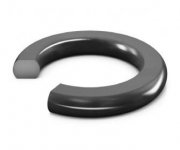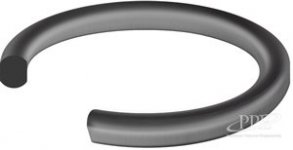dalmatiangirl61
Diamond
- Joined
- Jan 31, 2011
- Location
- BFE Nevada/San Marcos Tx
I have little red boxes of standard and metric size O-rings, yet time and time again nothing seems to be a perfect match, what series of O-rings am I missing?
Todays job was fixing a hydraulic leak on a cheap, probably imported from China log splitter, the control lever rotates in a bushing. Pulled bushing, O-rings as I suspected, nothing in metric or standard sets match either the internal or external O-ring. I found something close for the internal one, re-used the external one, not holding my breath.
Just plain black Buna N, have resorted on a few occasions to use the green AC O-rings just because size was right.
Todays job was fixing a hydraulic leak on a cheap, probably imported from China log splitter, the control lever rotates in a bushing. Pulled bushing, O-rings as I suspected, nothing in metric or standard sets match either the internal or external O-ring. I found something close for the internal one, re-used the external one, not holding my breath.
Just plain black Buna N, have resorted on a few occasions to use the green AC O-rings just because size was right.





